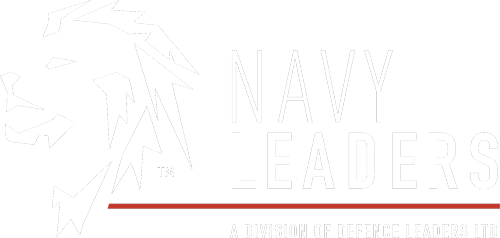ROK navy christens new Cheonan frigate 13 years after North Korean attack
)
The South Korean Navy has announced the return of ROKS Cheonan, a corvette sunk by a North Korean submarine torpedo in 2010, now reincarnated as a new, bigger frigate patrolling the Yellow Sea under the same name.
The new Cheonan (FFG-826) was commissioned Friday at Jinhae Naval Port near Busan. It is a 2,800-ton frigate, 1,800 tons heavier than its namesake.
“Containing the patriotism of the Cheonan’s 46 fallen soldiers, the revived Cheonan will perfectly conduct operations to protect our seas as a core asset of the Republic of Korea’s Navy,” a press release quoted ROK navy commander Kim Myung-soo as saying.
Among those who attended the commissioning ceremony were Captain Choi Won-il of the fallen ROKS Cheonan (PCC-772), its veterans and family representatives. Two soldiers onboard the old Cheonan on the day of the North Korean attack hoisted the commissioning flag.
The soldiers, Park Yeon-su and Ryu Ji-uk, expressed hope that “the newly reincarnated ROKS Cheonan will solidly defend the West Sea inheriting the fallen soldiers’ noble sacrifice and their willingness for maritime defense,” the press release stated.
“I see the hoisting of the commissioning pennant of the new Cheonan (FFG-826) as a tribute shared with our 46 comrades in the sky and 58 comrades in the military and society,” Ryu added, who was also commissioned as a sailor for the new Cheonan.
“As a crew member of the new Cheonan, I will do my utmost to ensure that Cheonan assumes a battle-ready posture as quickly as possible to fight and win against the enemy.”
Choi, the captain of the fallen ROKS Cheonan, emphasized the new frigate’s role in punishing North Korea for potential future military aggressions.
“If North Korea provokes again, I hope that [the new Cheonan] will severely punish it, adding to the share of the deceased and veterans of PCC-772 Cheonan,” he said.
A North Korean submarine attacked and sunk the original Cheonan in March 2010 near Baengnyeong Island, South Korea’s northwesternmost territory less than 10 miles (14 km) from North Korea in one of the deadliest incidents in the region since the Korean War. Forty-six people onboard were killed.
After its commissioning and operational capability assessment, the new Cheonan — now a frigate, not a corvette — is expected to be deployed to similar waters by year’s end.
The vessel’s rejuvenation is the latest manifestation of South Korea’s ongoing efforts to augment its defense capabilities in light of regional tensions due in part to recent advancements in North Korea’s naval capacities, including what Pyongyang described as an underwater nuclear attack drone.
The new Cheonan is the seventh in a line of new frigates designed to replace older 1,500-ton frigates and 1,000-ton corvettes which began construction in June 2020 under the previous administration, according to the navy press release.
With a length of 122 meters, a width of 14 meters and a height of 35 meters, it is capable of carrying a maritime operations helicopter at a top speed of 30 knots (about 55 km/h). HD Hyundai Heavy Industries, Defense Acquisition Program Administration (DAPA) and others were involved in developing the vessel, according to the navy.
The ship is armed with 5-inch guns, a 20mm Phalanx close-in weapon system and anti-ship guided missiles, as well as guided missile interceptors and ship-to-ship missiles launched through the Korean Vertical Launch System (KVLS).
It is also equipped with all-weather, all-sea-conditions anti-submarine missile system (ASROC). “Hong Sang Eo, a long-range anti-submarine torpedo system, will enable the ship to attack the target with enhanced survivability,” the press release added.
The new Cheonan also brings Hull Mounted Sonar (HMS) and Towed Array Sonar System (TASS), which the previous corvette-level Cheonan did not have, giving it the ability to detect submarines from afar.
With a new hybrid propulsion system combining electric motors and gas turbines, the new Cheonan will be able to conduct enhanced anti-submarine operations, easier to avoid being tracked and quickly accelerate when needed, according to the navy.
